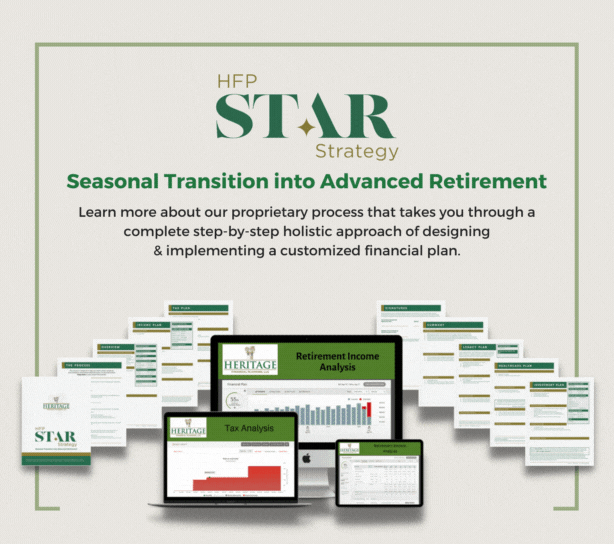Which Retirement Account Should You Tap First?
If you’ve saved for retirement using both traditional and Roth IRAs, congratulations—you’ve created tax diversification. But now comes the tricky part: which one do you withdraw from first? The answer isn’t always obvious—and the wrong decision could lead to higher taxes, reduced Social Security benefits, or even Medicare surcharges.
Understanding the Key Differences Between Roth and Traditional IRAs
Let’s start with the basics:
- Traditional IRAs: Contributions may have been tax-deductible, but withdrawals in retirement are fully taxable as ordinary income. Required Minimum Distributions (RMDs) begin at age 73 (for most).
- Roth IRAs: Contributions are made with after-tax dollars, but qualified withdrawals are tax-free. Roth IRAs are not subject to RMDs during your lifetime.
This difference becomes incredibly important when you’re planning how to withdraw income in retirement while managing your tax bracket.
Withdrawal Strategies That Can Save You Money on Taxes
Here are a few strategies retirees use to keep more of their hard-earned savings:
- Traditional First, Roth Later
This is the most common approach. In early retirement (before RMDs kick in), you take withdrawals from traditional IRAs to reduce your balance—therefore reducing future RMDs. Then, later in retirement, you switch to Roth withdrawals to avoid bumping into higher tax brackets. - Roth First (in Low-Income Years)
If you retire before age 65 and have minimal income for a few years, withdrawing from your Roth IRA may help keep taxable income low—possibly even qualifying you for ACA health subsidies. But beware: using your Roth early could reduce the tax-free income you might value more later. - Blend Both Accounts Strategically
Some retirees benefit from drawing proportionately from both types of IRAs to maintain a steady tax rate across retirement and avoid big spikes caused by RMDs or Social Security taxation. - Use Roths for Legacy or Later-Life Needs
Because Roth IRAs grow tax-free and don’t require RMDs, many retirees prefer to let them grow untouched and use them for unexpected expenses or to leave a tax-free legacy to heirs.
Why a Personalized Withdrawal Strategy Matters
Your ideal withdrawal plan depends on your income needs, tax bracket, Social Security timing, healthcare situation, and legacy goals. There’s no universal answer—but there is a smart answer that fits your specific circumstances.
The goal is simple: maximize your income and minimize your tax burden, year after year. And that starts with having a proactive, flexible plan.
Let Us Help You Make Tax-Smart Withdrawal Decisions
At Heritage Financial Planning, our HFP S.T.A.R. Strategy (Seasonal Transition into Advanced Retirement) is designed to help retirees navigate the complexities of income planning—including choosing when and how to take withdrawals from different retirement accounts.
Let us help you build a plan that’s optimized for income, taxes, and long-term peace of mind. Schedule a personalized retirement strategy session today and gain clarity on every dollar you withdraw.
 Click here to learn more about our HFP STAR Strategy process.
Click here to learn more about our HFP STAR Strategy process.
Sources:












